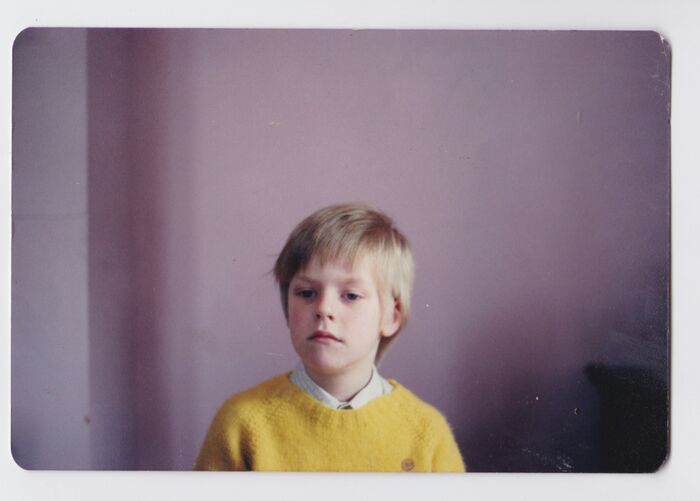ARU Exhibition ‘Disguises, Disguises, Disguises’ REVIEW
Delving into the works of the 2nd year fine arts students at ARU, Emma Morgan gives an overview of the new exhibition at the Ruskin gallery
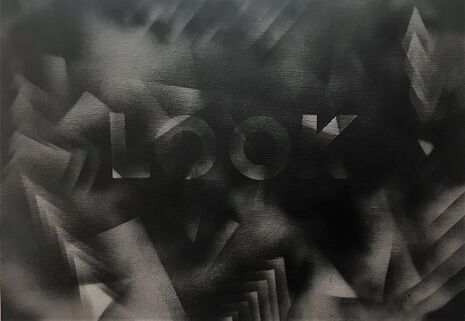
Anglia Ruskin’s BA Fine Art Exhibition, Disguises, Disguises, Disguises, is a simultaneous masking and unmasking, an exploration of the public personas which whitewash the private reality they conceal. It is a collection which stages a journey beyond the visible surface of Generation Z, touching on the anxieties and the desires which flicker beneath. Concentrating on work produced by second years at the Cambridge School of Art, this exhibition allows students to reflect their developing artistic identity to the public for the first time, as well as learning how to curate their work. Through painting, embroidery, collage, print-making and photography, these artists step up to the challenge, presenting us with an array of different techniques and perspectives, which unite in a thought-provoking and diverse demonstration of talent.
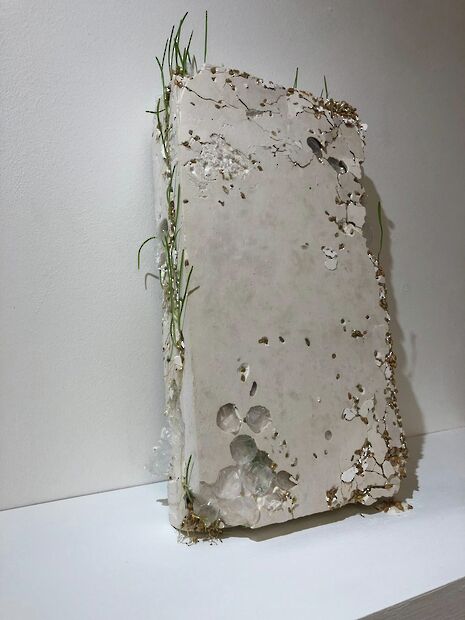
The first piece you see on entering the understated space of the Ruskin Gallery balcony, is Caitlin Barne’s Breakdown 2: three slabs of white plaster against a white wall. ‘Basic’, you might think, until you notice that with each block, the impassive surface of the material is increasingly troubled by cracks, by blades of grass erupting from the whiteness and glimpses of bubble-wrap bulging out into the open. Caitlin tells me that these unnatural shapes are the physical manifestation of her concern over the future of our natural spaces. The ‘pristine’ surface of the plaster barely manages to mask layer upon layer of single-use plastic skulking beneath, and the displaced seeds forced to grow out of its ‘industrial hardness’ whisper of the soil and water pollution which plagues our green land. By collecting up and using materials that we routinely thrown away without a second thought, she hopes to raise awareness of the urgent need to address our treatment of the environment. When the unsettling result of our wastefulness is laid before our eyes, instead of hidden away in a distant landfill site, we may perhaps acknowledge the reality of this problem.
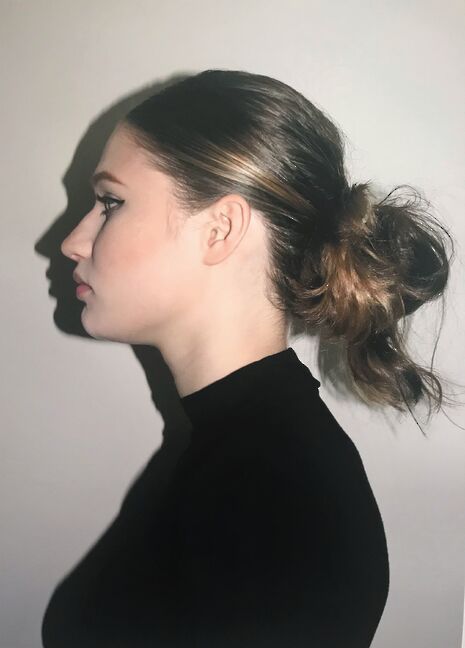
Moving on from this hard-hitting beginning, you are confronted by the more serene expression of Kira Barnard’s photographic portrait Age or Beauty. The subdued colour palette and the contrasts of the shadow outlining the subject’s face recall 19th century silhouette portraits, and lend the woman in the photograph all their quiet elegance. The piece may seem, then, to be an uncomplicated study in the aesthetically pleasing, but, talking to Kira, I discover that it contains unexpected and unnerving depths. She tells me that the woman in the image is in fact her fifteen-year-old sister, made to look older by make-up and hair-styling, and that the piece is an exploration of the conscious efforts of young girls to appear more mature in the photos they post on social media. This supposedly simple image therefore invites us to consider the pressure on young people to mask any perceived flaws in the hope of projecting a perfected façade to their internet following. And the scary thing is that, just as we don’t immediately see this in the photograph, we often don’t realise that social media is built on this artifice.
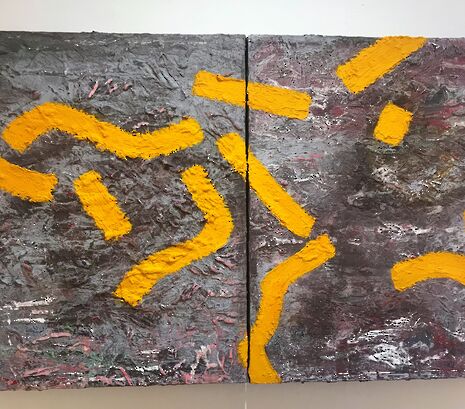
Perhaps the most arresting piece of the whole exhibition is David Chambers’ Lying Awake, You’re Asleep: two canvases painted thick with oily darknesses of green, grey and black and streaked brightly with strong yellow lines. At first glance, the painting reminded me of the lights that flash across the insides of your eyes when you close them at night, and when I talked to David, he explained how, through the piece’s writhing background, he’d wanted to evoke a sense of all of the ‘sleeping thoughts’, the barely conscious concerns and abstractions, which teem at the back of our minds as we fall asleep. He told me how he’d spent time building up and sanding down the layers of paint, working it up to and over the edges of the canvas to make it more of an object than an image. In giving the textures of his paintwork such a tactile quality, he brings the clamour of suppressed thoughts that we’d rather ignore to the fore, so that they demand intimacy with the viewer, and refuse to hide behind the more lucid ideas that we present to the world.
For these students, just as in the pieces that they create, art contains both private and personal dimensions. According to Kira, one of the most enjoyable aspects of the project was the ‘open dialogue’ which developed between her and her sister as they played around with the composition of her photograph. The private satisfaction at work behind the image is a central aspect of her love for art; she says that it makes her heart ‘beat a little faster’ with excitement when she sees her ideas visualised in the formal gallery setting. Other students have a more acute consciousness of public reception: Willow Kirkby, creator of a series of collages addressing taboo subjects in our society, explains that she always begins her creative processes with a questionnaire, to start a conversation with the wider world and to place her pieces within a social context. She deliberately left her piece untitled, saying that she ‘didn’t want to name it for someone else’, as this might limit the variety and openness of people’s reactions to her ideas.
When these students discuss the relation of their art to its wider context, I notice a sustained and pressing awareness of the crucial role played by social media within this. Public platforms such as Instagram have certainly shaped the way in which we distribute and receive creative works, and this new generation of artists are perhaps the first whose artistic consciousness was conceived and developed within this culture. When a person, scrolling through their newsfeed, stumbles across an image that they like, the hugely accessible and plural nature of such media platforms automatically encourages them to search for more of the same. Adepts at the art of the Facebook stalk, they may then scour the artist’s profile, forming their own impressions, not just of their material, but also of their personal identity. Art, and the person behind it, therefore become more consumable than ever before, transformed into something to be flicked through, screen-shotted and critiqued by anyone and everyone. It will be interesting to see how these emerging talents, bound up in this cycle of consumption, will tackle social media’s propensity for falsified images of perfection, and continue exposing the less-than-perfect concerns of everyday life in their work.
 Interviews / ‘People just walk away’: the sense of exclusion felt by foundation year students19 April 2024
Interviews / ‘People just walk away’: the sense of exclusion felt by foundation year students19 April 2024 News / Copycat don caught again19 April 2024
News / Copycat don caught again19 April 2024 News / John’s spent over 17 times more on chapel choir than axed St John’s Voices22 April 2024
News / John’s spent over 17 times more on chapel choir than axed St John’s Voices22 April 2024 News / Climate activists smash windows of Cambridge Energy Institute22 April 2024
News / Climate activists smash windows of Cambridge Energy Institute22 April 2024 Theatre / The closest Cambridge comes to a Drama degree 19 April 2024
Theatre / The closest Cambridge comes to a Drama degree 19 April 2024

